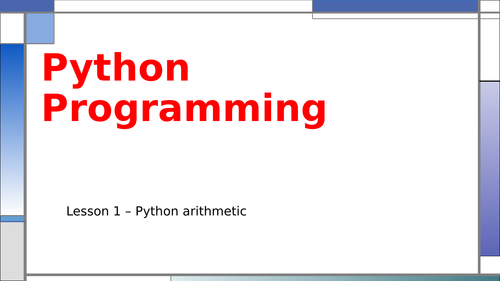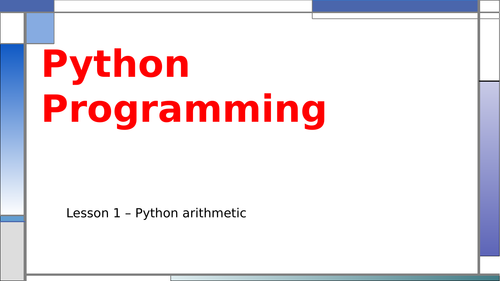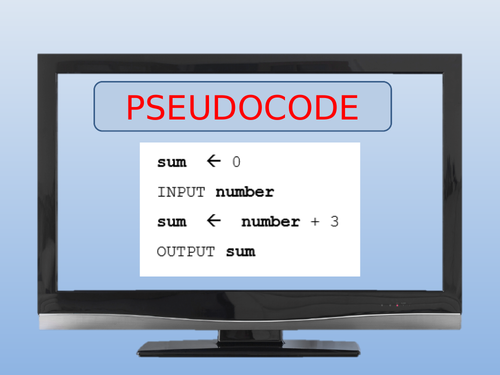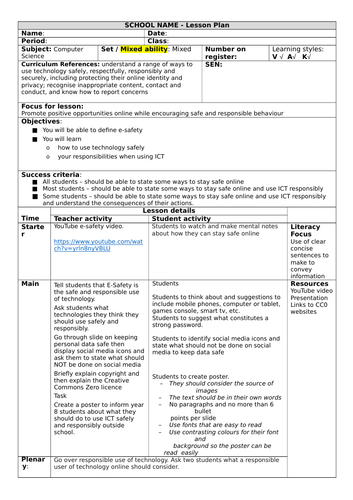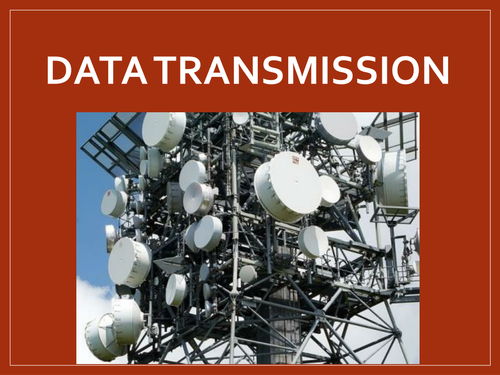Phablessed's Shop
Producer and supplier of secondary computer science resources for key stage 3, key stage 4 and key stage 5. The owner has been teaching computer science since 2003 and taught students who have come out as top A Level computer science students for three different examination boards.




